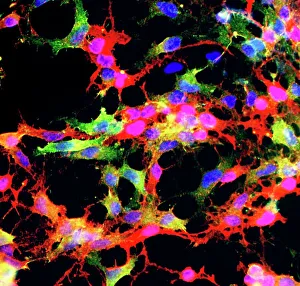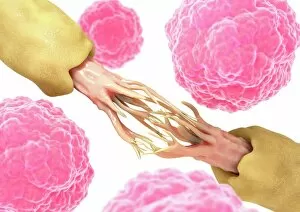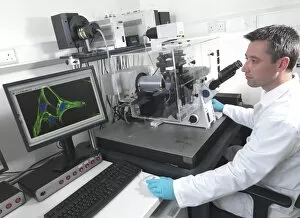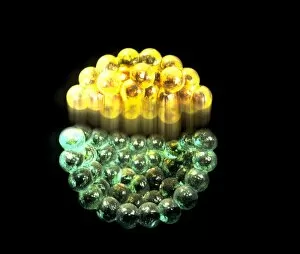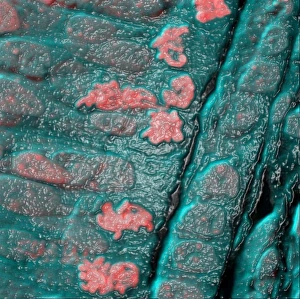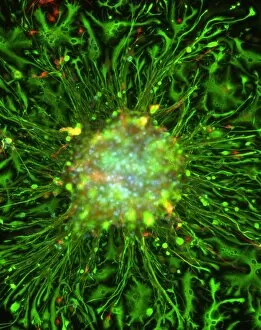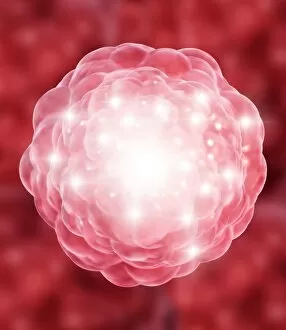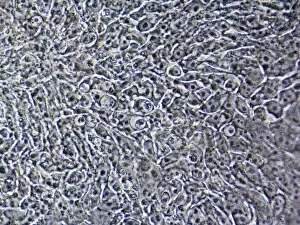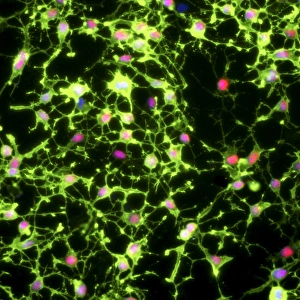Stem Cells Collection
"Unlocking the Potential of Stem Cells: A Glimpse into the Fascinating World of Regenerative Medicine" Glial stem cell culture
All Professionally Made to Order for Quick Shipping
"Unlocking the Potential of Stem Cells: A Glimpse into the Fascinating World of Regenerative Medicine" Glial stem cell culture, light micrograph: Delving into the intricate world of glial stem cells, scientists are unraveling their potential to repair and regenerate damaged nervous tissue. Neural stem cell culture: In a quest to understand the mysteries of neural regeneration, researchers meticulously cultivate neural stem cells in hopes of finding groundbreaking therapies for neurological disorders. Nerve damage and stem cells, artwork: Through captivating artwork depicting nerve damage and its potential remedy through innovative stem cell treatments, we witness the power of regenerative medicine in action. Stem cells, artwork: With strokes of creativity on canvas or digital platforms, artists capture the essence and promise held within these remarkable cellular entities – our body's natural healers. Cell biology laboratory: Inside cutting-edge laboratories equipped with advanced technologies, dedicated scientists tirelessly explore the intricacies of stem cell biology to unlock their full therapeutic potential. Microscopic view of a stem cell: Peering through powerful microscopes reveals an awe-inspiring sight – an individualistic yet versatile entity known as a "stem cell, " holding immense possibilities for medical breakthroughs. Microscopic view of stem cell development: Witnessing nature's masterpiece unfold under magnification lenses offers glimpses into how these tiny building blocks transform into specialized tissues during embryonic development or tissue repair processes. Directed differentiation of multipotential human neural progenitor cells: Guided by scientific ingenuity, researchers steer multipotential human neural progenitor cells towards specific lineages in pursuit of targeted treatments for brain-related conditions like Alzheimer's or Parkinson's disease. Stem cell sample F007 / 0381: Each numbered vial represents untapped potential – samples that hold secrets waiting to be unlocked by diligent scientists striving to revolutionize healthcare using regenerative therapies derived from stem cells. Stem cell research F006 / 9827.

